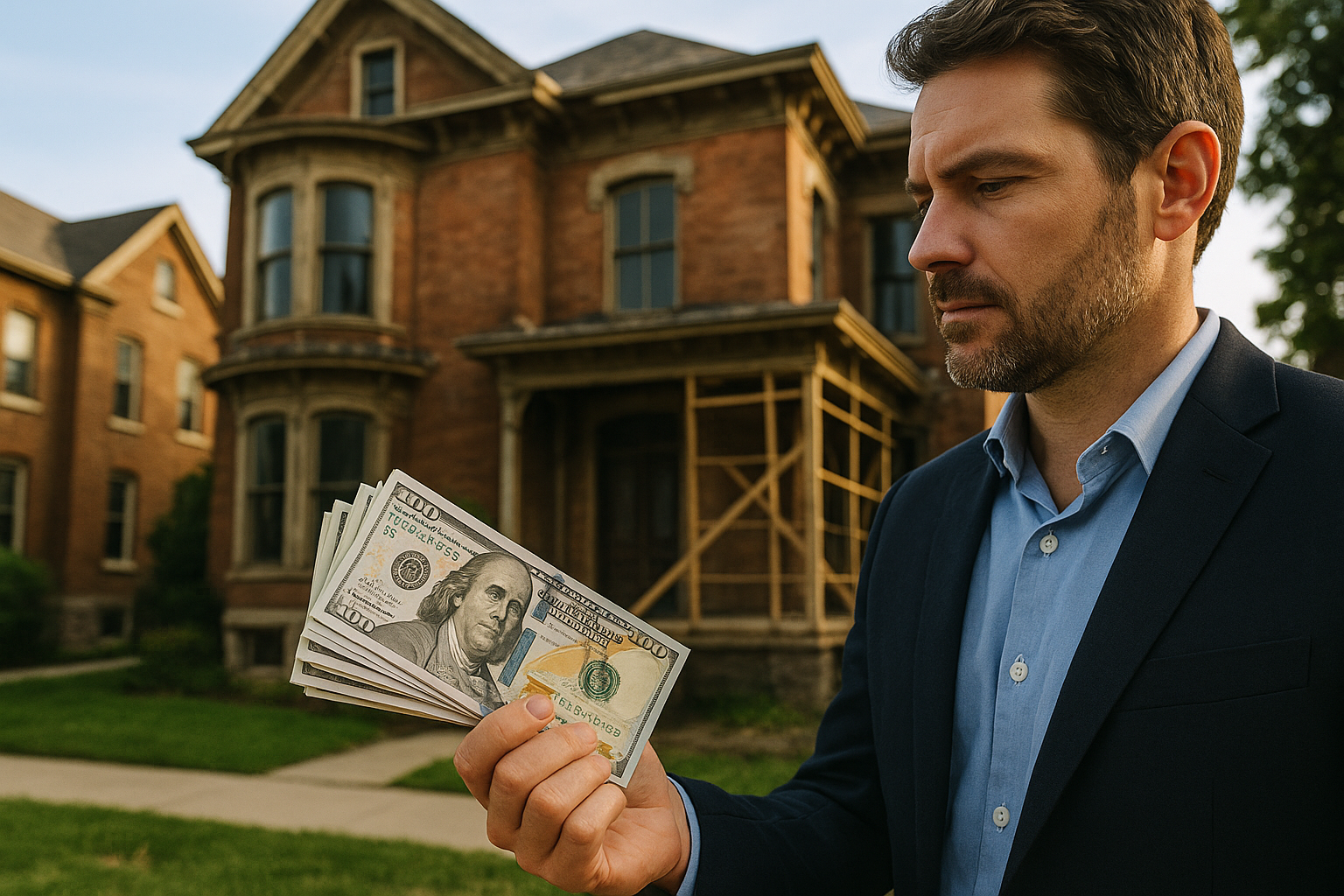Turn Abandoned Houses into Your Next Home
In Italy, where historic charm meets modern living, abandoned houses present a unique opportunity for those seeking an affordable path to homeownership or a rewarding renovation project. These forgotten structures, often rich in character and architectural significance, offer a chance to reclaim value and breathe new life into neglected spaces. Let's explore how you can transform an abandoned house into your dream home, and why this unconventional approach might be the key to unlocking your property ownership goals.

Why Consider an Abandoned Property for Your Next Home?
Abandoned houses offer a range of benefits for potential homeowners. Firstly, they’re often available at significantly lower prices compared to traditional real estate. This cost advantage can make homeownership accessible to those who might otherwise struggle in Italy’s competitive housing market. Additionally, these properties provide a blank canvas for customization, allowing you to tailor every aspect of your living space to your preferences. The opportunity to preserve and restore a piece of local history can also be deeply satisfying, contributing to the revitalization of communities and neighborhoods.
How to Find Abandoned Houses in Italy?
Locating abandoned properties in Italy requires a combination of research and legwork. Start by exploring online real estate listings that specialize in distressed or foreclosed properties. Local municipalities often maintain lists of abandoned buildings, which can be a valuable resource. Networking with real estate agents who focus on unconventional properties can also yield promising leads. Don’t underestimate the power of simply exploring neighborhoods of interest on foot – you might spot a hidden gem that hasn’t been listed yet. Remember to check with local authorities to ensure any property you’re interested in is legally available for purchase.
What Legal Considerations Should You Be Aware Of?
Navigating the legal landscape of purchasing an abandoned house in Italy can be complex. It’s crucial to verify the property’s ownership status and ensure there are no outstanding liens or disputes. In some cases, abandoned properties may be subject to special regulations or heritage preservation laws, particularly in historic areas. Engaging a local lawyer experienced in real estate transactions is highly recommended to guide you through the process and protect your interests. They can help you understand any restrictions on renovations, zoning regulations, and potential tax implications of your purchase.
How to Assess the Condition and Renovation Needs?
Before committing to an abandoned property, a thorough assessment of its condition is essential. Hire a professional building inspector to evaluate the structural integrity, electrical systems, plumbing, and overall state of the house. This inspection will help you estimate the scope and cost of necessary renovations. Consider factors such as the age of the building, materials used, and any apparent damage from neglect or environmental factors. Create a detailed renovation plan, prioritizing essential repairs and improvements. This assessment will be crucial in determining whether the property is a viable investment and aligning your expectations with the realities of the project.
What Unique Challenges and Rewards Await in Italy?
Renovating an abandoned house in Italy presents both challenges and rewards unique to the country’s cultural and architectural landscape. One of the most significant challenges is navigating the bureaucratic process, which can be time-consuming and complex, especially for foreign buyers. However, many regions in Italy offer incentives for restoring abandoned properties, including tax breaks and, in some cases, properties for as little as €1 with the commitment to renovate. The reward of living in a home steeped in history, often in picturesque settings, can be immeasurable. Moreover, successfully restoring an abandoned property can significantly increase its value, potentially offering a substantial return on investment.
What Are the Costs Associated with Buying and Renovating?
The costs of purchasing and renovating an abandoned house in Italy can vary widely depending on the property’s location, condition, and your renovation plans. Here’s a general overview of potential expenses:
| Expense Category | Estimated Cost Range (in Euros) | Notes |
|---|---|---|
| Purchase Price | €1 - €50,000+ | Varies greatly by location and condition |
| Legal Fees | €3,000 - €5,000 | For property transfer and documentation |
| Renovation Costs | €200 - €2,000 per sqm | Depends on extent of work needed |
| Utility Connections | €5,000 - €15,000 | For reconnecting or installing new systems |
| Permits and Taxes | 2% - 9% of property value | Varies by region and property type |
Prices, rates, or cost estimates mentioned in this article are based on the latest available information but may change over time. Independent research is advised before making financial decisions.
When budgeting for your project, it’s wise to include a contingency fund of at least 20% of your total budget to account for unexpected expenses that often arise during renovation projects.
How to Start Your Journey to Abandoned Home Ownership?
To begin your journey of turning an abandoned house into your home, start by researching areas in Italy that interest you and align with your budget and lifestyle goals. Connect with local real estate agents specializing in abandoned or distressed properties, and consider joining online forums or groups focused on renovation projects in Italy. Familiarize yourself with Italian property laws and renovation regulations. Visit potential properties in person whenever possible to get a feel for the space and surrounding community. Most importantly, approach the process with patience and flexibility – transforming an abandoned house into your dream home is a rewarding adventure that requires time, effort, and dedication.






